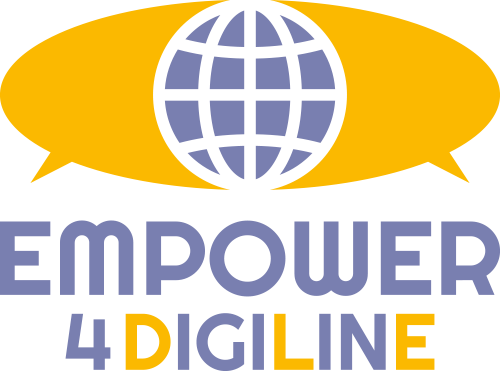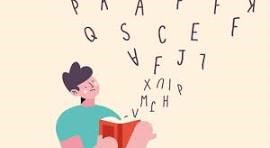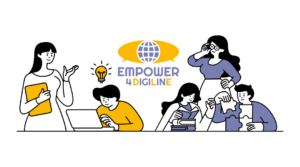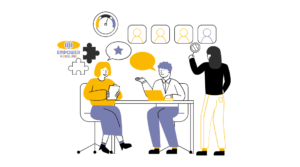In our project Empower4digiline, and in accordance with the Erasmus + priorities we do recognise the need to ensure inclusive educational materials through adapting class materials.
According to substantiated scientific estimates, the group of European Citizens with dyslexia and specific learning disorders encompasses between 9 and 12 % of the population, Dyslexia does not usually favour the learning of another language, and even less of one as opaque as English, so we can see many messages in forums about the difficulty that students with dyslexia have when facing English classes at school or high school. However, the experience we have accumulated in DIS in English with students with dyslexia teaches us that it is not an impossible task and that it is, above all, about changing the strategy when it comes to learning and teaching.
A fundamental part of learning any language is vocabulary. If you ask me, I would say it is the most important part, and even more important than grammar. However, many English courses have a primary focus on grammar and leave the subject of vocabulary as something secondary, something to do at home.
However, it is precisely vocabulary that empowers us to communicate in another language. It gives us the tools to express ourselves and make ourselves understood, but also to understand the other person.
Today we are going to talk about a strategy for a student with dyslexia to become proficient in English by strengthening vocabulary.
To do this we have 3 keys (or phases) that are equally important and very practical for the dyslexic brain:
SEE
We know that most students with dyslexia function very poorly with written text, but very well with pictures. The first key, then, is for the learner to see not only the word to be learned in written form but also an image that represents it. It can be a picture on paper (or the screen), but it can also be an object. Some people fill their houses with „post-it“. On the table there is a „post-it“ with „TABLE“, on the chair with „CHAIR“, and so on. The important thing is that the learner can link the new word (in this case „table“ and „chair“) to something visual, either the object in question or a picture of it.
REPEAT
The first phase, linking a new word with the object that represents it, encourages the creation of new neural connections, which constitute new information in the working memory or short-term memory.
It is now important to anchor these connections because if we do not do so, the connections disappear soon after they are created. It is important to bring the information from working memory into long-term memory. This anchoring is done through repetition. The more often we repeat this neural connection (between the new word and the object that represents it), the more firmly it stays in our long-term memory. But it is not a matter of repeating it 50 times in a row to consolidate that knowledge, but of doing it with few repetitions and intervals between sessions. The intervals can be several hours or a day (they should not be too long, otherwise the new learning disappears from short-term memory).
As we work with students with dyslexia, repetitions must be done in a multi-sensory way. Sometimes with pictures, sometimes with objects, sometimes with audio (or the spoken word) and sometimes (although it may be more difficult because of their dyslexia) with written words. We can not only change the channel but also the presentation (list of words, game, puzzle, comic, story, video, song, colours, etc.). The more channels and presentations we use, the better the information is anchored.
CONTEXTUALISE
The dyslexic brain does not tend to like abstract things. Therefore, the last phase of vocabulary learning is contextualisation.
We use the new vocabulary in real situations such as conversations or stories to make the learner see that the vocabulary is really useful to be able to communicate better.
Active use of the new vocabulary learned in situations that simulate real communication is much better than giving a list of words in the left-hand column and asking the learner to translate it on the right. It is much better to ask the learner to use the new words in a real conversation or story or to ask him/her questions and tell him/her that he/she has to answer using the new vocabulary. Through these exercises, the new vocabulary makes communicative sense to the learner and is much better retained in long-term memory.
And a little extra secret …
Everything we have said here for pupils with dyslexia also works wonders for pupils without dyslexia, and this is true of almost all adaptations that anyone can make for pupils with dyslexia.
PH credit: Shutterstock







